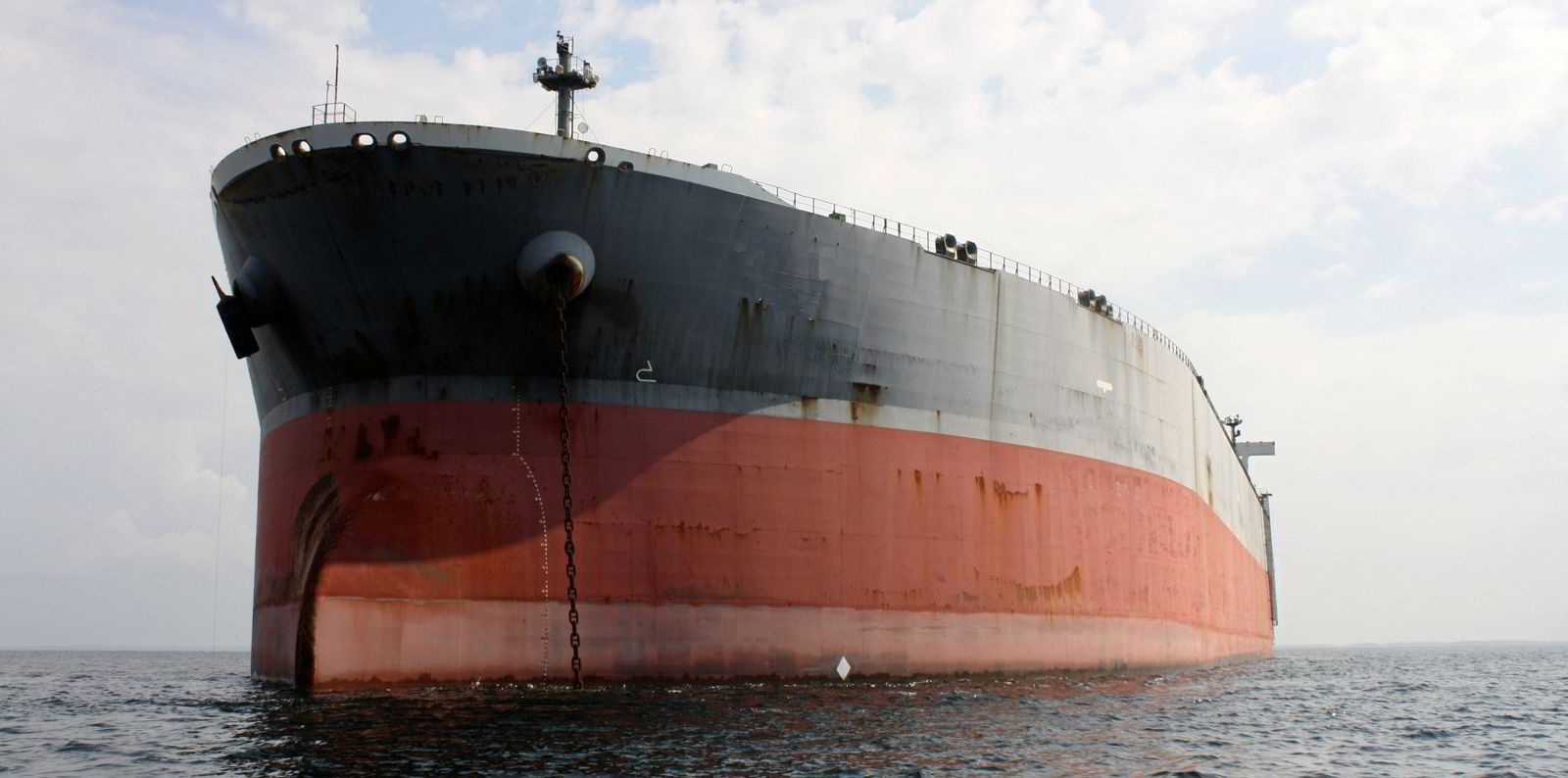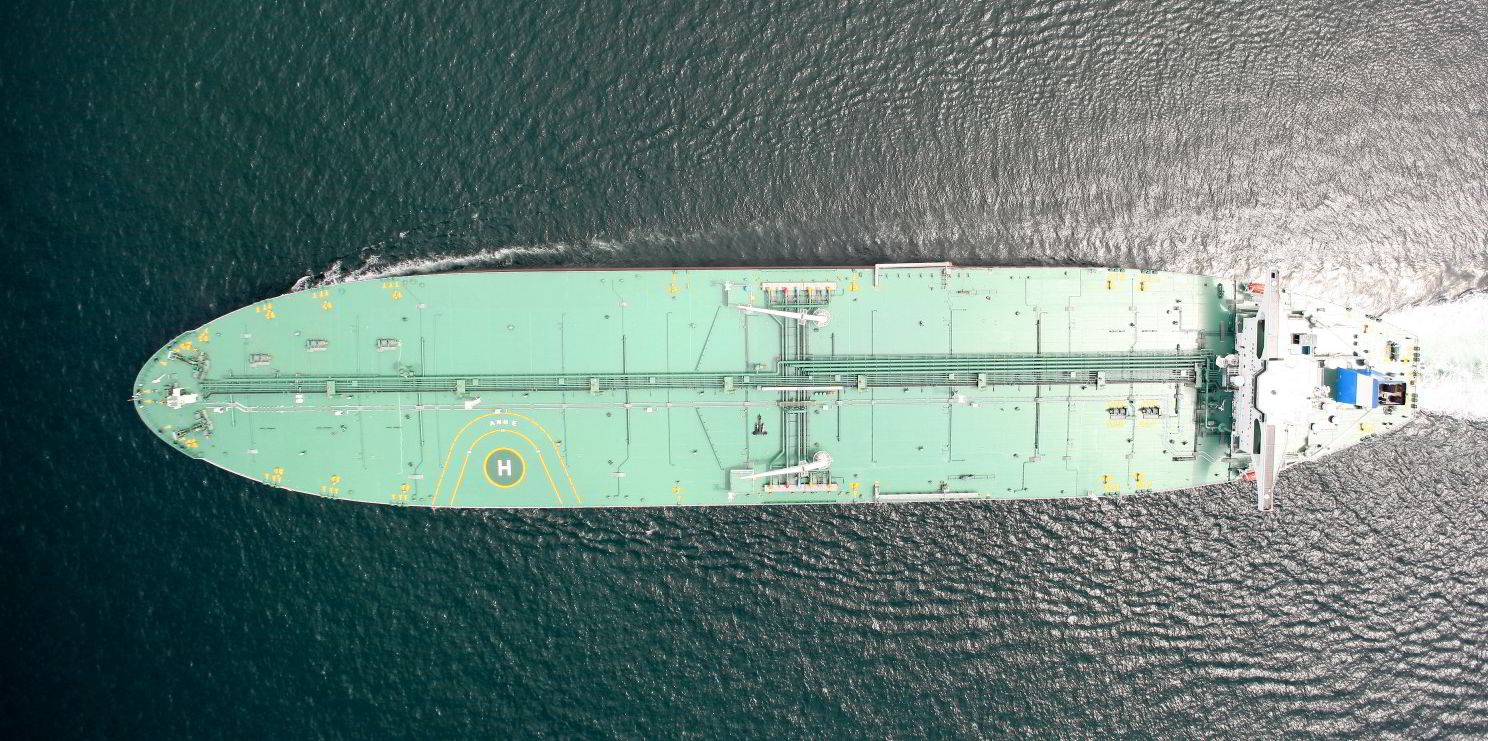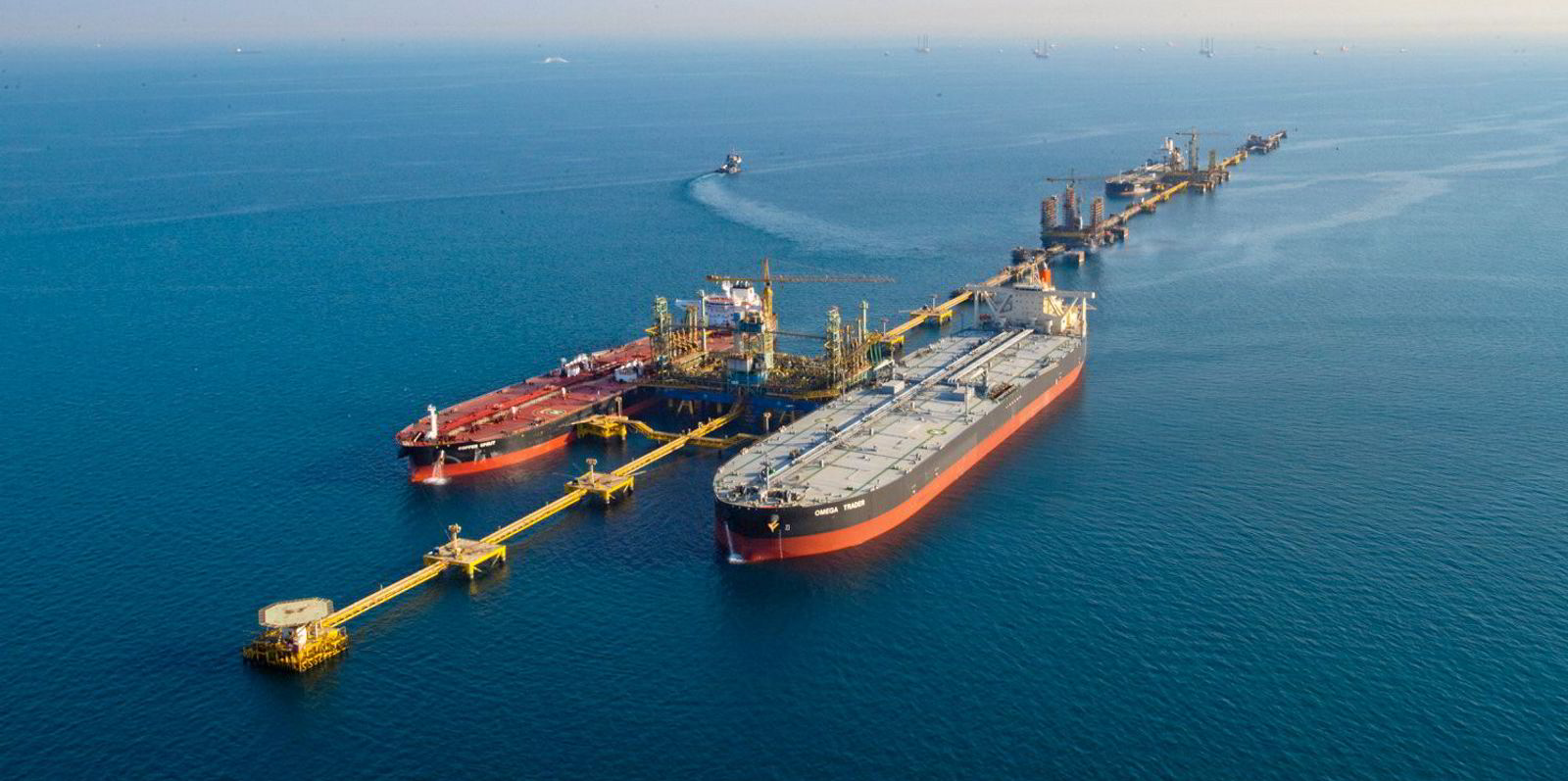More VLCCs could return to the trading fleet if Opec+ sticks with its existing production increases when it meets this week, a top broker has warned.
The group of oil producers agreed in July to increase production by 400,000 barrels per day (bpd) each month to phase out 5.8m bpd in cuts. It also agreed to assess the deal in December.
However, oil prices recently hit a three-year high, flirting with $80 a barrel, and there is pressure from consumers such as China for more supply.
"This coming week, Opec and allies are meeting to decide on whether they will remain on the current plan of production increases … until the end of the year or modify it to better address rising global oil demand," McQuilling Partners said.
“This is especially important if we consider the current energy crunch China is facing, as well as pressures from Europe and the West, who are experiencing increasing gasoline prices, more so after hurricane Ida and other storms shut in production and disabled refineries in the US Gulf region, but also due to the concurrent rage in natural gas prices, which have shifted feedstock demand to fuel oil for power generation.”
McQuilling Partners had previously forecast for VLCC floating storage to reach pre-pandemic levels by September 2021.
However, during August, it observed a slight uptick in the count, with the number of VLCCs assigned to floating storage increasing to 50, from 47 the previous month.

"Our assessments point to this being a case of operational floating storage due to port congestions and weather delays, including from the effects of typhoons and tighter regulations on crew changes in the East," the broker said.
McQuilling Partners highlighted the importance of the upcoming Opec+ decision.
"If the alliance proceeds with no changes to the plan, we expect global demand to continue to outpace supply, resulting in further inventory drawdowns, with potentially nine more VLCCs discharging their cargo and bringing the total to pre-pandemic levels by the end of October," the shipbroker said.
Alternatively, McQuilling Partners said a surprise increase in production levels could result in a slower drawdown than initially expected.
"This will give the VLCC market some additional support and certainly instill more positive sentiment in the minds of crude tanker owners," it added.
S&P Global Platts said internal forecasts recently reviewed by the alliance's advisory joint technical committee show global oil demand growth of only 700,000 bpd between September and December, which would seem to support a cautious approach.
Demand would continue to outpace supply by 1.2m bpd in October and 900,000 bpd in November, before the market then flips into a 100,000-bpd surplus in December, if the Opec+ alliance were to maintain its prescribed monthly output increases, according to the analysis seen by the pricing agency.
"There are great short-term economic uncertainties, with the slowdown in activity and the very high level of private debt in China," an unnamed Opec+ delegate was quoted as saying.
"Opec+ has demonstrated a clear reluctance to oversupply a fragile demand recovery, and monthly meetings provide flexibility to add production quickly should the market require," Platts Analytics said in a research note.





